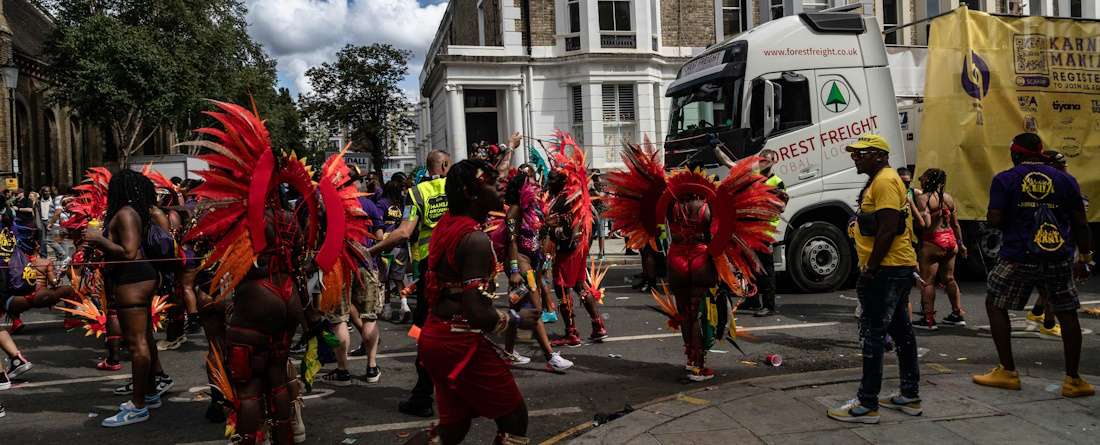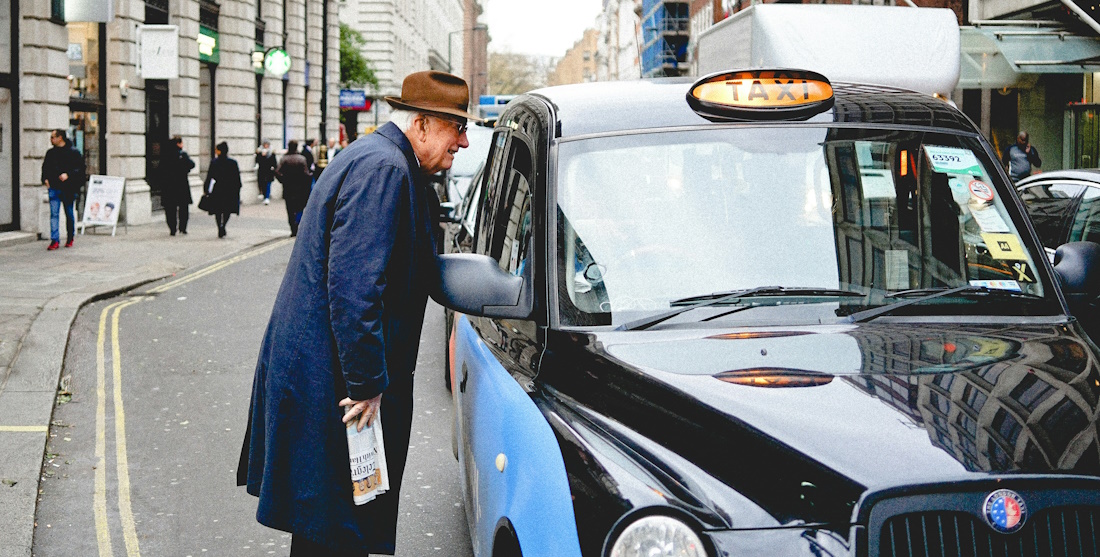The best places to live in London
London is a vast, densely populated metropolis with accommodation options to suit every expat’s budget, lifestyle, and situation. That said, London is among the world's most expensive cities for expats, and accommodation costs are high in the UK's capital.
In addition to budget, you should consider commuting time, access to amenities, and what sort of property you would like to live in when choosing an area or suburb of London.
The divisions used on the underground Tube map are useful for understanding London's various areas and the cost of living there. Zones 1 and 2 correspond to the city centre, and accommodation here will be expensive and difficult to find. Zones 3 and 4 contain suburbs with semi-detached houses and tenement units. Zones 5 and 6 offer the cheapest accommodation, but transport times into the city can easily exceed an hour during busy times. As a rule of thumb, each Tube stop will add three minutes to your commute.
If you're moving to London with a family, you will need to look at areas further away from the central business district if you want a more spacious property with a garden at an affordable price. Rental costs become considerably cheaper (and properties larger) the further you move from the centre.
West London
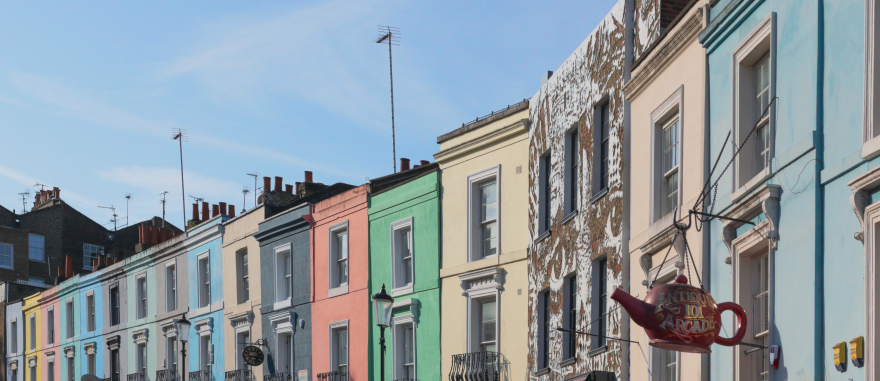
Chelsea, Knightsbridge and South Kensington
Chelsea, Knightsbridge and South Kensington are some of the most expensive and exclusive areas in London. These areas are particularly popular with French expats because of their proximity to the French Consulate, the French Institute and two French international schools. There are also lots of wealthy Spanish, Italian, American and Middle Eastern expats living in Chelsea.
Chelsea and Knightsbridge are close to some of London’s top nightclubs, restaurants and bars. High Street Kensington is lined with designer shops, and Kensington Gardens is just on the doorstep if you need some fresh air.
The area is served well by the Tube and bus networks, and it is also possible to walk to central places in London.
International schools in this area include La Petite Ecole Bilingue, Lycée Français Charles de Gaulle and the South Kensington campus of Southbank International School.
Notting Hill and Holland Park
Notting Hill, famous for its massive summer carnival, is a vibrant and colourful part of West London. This bohemian area is full of young American and Australian expats.
There are plenty of large green spaces in the area, such as Kensington Gardens and Holland Park. Quaint eateries and coffee shops abound, as do second-hand shops selling everything from vintage fashions to antique furniture. Notting Hill is also the home of the famous Portobello Road Market.
The suburb of Holland Park (not to be confused with the area's public park of the same name) is just to the west of Notting Hill and has large Victorian houses that are popular among wealthy expats.
Fulham and Putney
With its picturesque Victorian houses and proximity to King's Road and Chelsea, Fulham is a desirable suburb popular with middle-class families as well as young professionals. Putney is just south of Fulham, over the river, and is popular with Australians, New Zealanders and South African expats. Accommodation in this area is slightly cheaper than in Chelsea, and there are some great pubs.
French expats in the area often opt to send their children to L'Ecole des Petits or L'Ecole de Battersea. The International School of London, just north of Putney, is another option well worth considering.
Hammersmith and Shepherd's Bush
Particularly popular with Irish, French and Australian expats, these areas are slightly further out but still very central. They have good links to Tube stations and access to some excellent schools. Though rent here is lower than in most other places in West London, accommodation is still of good quality.
There are lots of good schools in the area. The Ecole Francaise Jacques Prevert is on Brook Green, near Hammersmith, and other good private schools nearby include Bute House, Latymer, Godolphin and Latymer, St Paul's and St James's.
Chiswick
Chiswick is an affluent, safe and leafy suburb that is only 25 minutes from Central London on the District or Piccadilly line. It has a village feel, with its own high street that is lined with independent shops and great restaurants. With Chiswick Park and Turnham Green, the area has plenty of green spaces, and there are lovely river walks along the Thames. Heathrow is just 20 minutes away. Families with children will discover that there is a good choice of local state and private schools. Good nearby prep schools include Orchard House and Bedford Park.
Acton
Although becoming more popular, Acton remains an affordable suburb with pretty Victorian architecture and plenty of green spaces, with football fields, a cricket pitch and tennis courts. Acton is well connected with quick transport links into Central London on the District and Piccadilly lines. Acton main line station is on the Elizabeth Line, and has quick links to Heathrow, Paddington, Bond Street and Canary Wharf.
North London

Hampstead
Hampstead is an affluent and leafy area of London. This is an excellent area for families thanks to the neighbourhood's large open spaces and its proximity to some of London’s best schools, including the Hampstead campus of Southbank International School.
Property in Hampstead Heath is highly desirable, and the rental prices reflect this. The area boasts a fantastic selection of top-quality restaurants, independent and boutique fashion shops, and bespoke pubs.
Hampstead is served well by public transport links and is just a short commute from Central London.
Camden
Camden is a highly sought-after area for people looking to rent or buy property in London. The streets of Camden are lined with old terraced houses brimming with character, as well as the newer council properties, many of which are now privately owned.
Camden is a bohemian part of London and has long been popular with students and arty types, as well as young expats. The area is overflowing with entertainment options, bars, restaurants and clubs. Camden is famous for its vibrant music scene, and it's common to see long queues outside music venues, even on a weeknight. When it comes to shopping, there are lots of bargains to be had at Camden Market, and the area is full of vintage fashion boutiques.
The area is served well by buses and the Tube, and there are also good cycle paths that run alongside the canal. The American School in London is situated a short distance west of Camden.
Wembley
Further away from the centre of London are areas such as Wembley, where rentals are more reasonable. This ethnically diverse suburb is popular with Asian expats, particularly those from India.
Living in Wembley, expats will be close to supermarkets, shops and restaurants. Wembley is on a number of public transport routes, including several Tube lines and some overground services.
East London
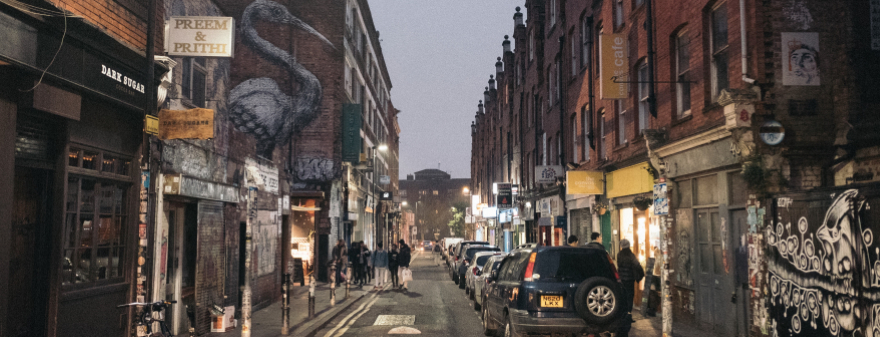
Shoreditch and Hoxton
Over the last decade or so, Shoreditch and Hoxton have become some of the trendiest parts of London. They are popular with young professional expats thanks to the area’s cosmopolitan feel and excellent entertainment offerings. Many of London’s media and advertising companies have their offices based here.
While lots of new coffee shops, restaurants and bars have popped up in the area, local authorities have been careful to maintain much of the historic charm of East London. In Marylebone, east of Hoxton, expats can find the International Community School.
Leyton and Stratford
Expats will find more reasonable property prices in Leyton and Stratford, although they should expect to pay slightly more to travel into Central London.
There are lots of supermarkets, restaurants and bars in Leyton and Stratford, and one of the largest shopping malls in Europe, Westfield Stratford City, is close by. The area is also well served by London’s bus, Tube and overground train networks. The Westminster campus of Southbank International School is just outside of Stratford.
South London

Wimbledon
When it comes to housing, expats can find some form of accommodation somewhere in Wimbledon that suits their needs and budget. This area has everything from custom-built mansions and penthouses in Wimbledon Village to council tower blocks in South Wimbledon. Small apartments and house shares in the area are affordable.
Wimbledon is a fairly multicultural area, but it is particularly popular with expats from South Africa, India, Poland and Australia.
Clapham
Clapham is a vibrant area of South London. The residents of Clapham are quite eclectic and the suburb is well suited for young couples or single young people looking for a house share. There are also plenty of grand old houses, particularly in North Clapham, near the park. Jamaican, Irish and Nigerian expats favour this area.
There are entertainment centres around Clapham High Street and Clapham Junction, where most of the clubs, bars and restaurants can be found. During the summer, residents make use of the plentiful green spaces in the area.
Clapham Junction is just minutes away from Waterloo, and with it being Britain’s busiest railway station, there are dozens of trains an hour to Central London. Living close to this station also allows expats to easily visit almost anywhere in the south of England.
Battersea
Known for its riverside park and eponymous power station, Battersea is hugely popular with families who want to be near Central London but without the huge rental prices just over the river in Chelsea. Battersea is home to some excellent schools, including Thomas's Battersea and L'Ecole de Battersea.
Battersea now boasts two new Tube stations, which means that a commute into the city takes just over ten minutes. There are also plenty of buses for those who need to get into the West End. The mix of housing ranges from Victorian terraced houses to mansion blocks overlooking the park and modern riverside apartments.
Bermondsey
Until recently, Bermondsey was a rundown and overlooked area of London, but with the redevelopment of the Southbank and regeneration of the wider area, the area has become a highly desirable place to live. This diverse riverside suburb offers an intriguing mix of independent cafes, fine restaurants, antique shops and galleries.
Despite its central location, Bermondsey also has many green spaces, including Southwark Park and Burgess Park. The area is extremely well connected. It's within walking distance of the inner city and close to Canary Wharf. With both Tube and mainline stations in the area, the rest of London is within easy reach.
There is a range of housing options: modern apartment blocks and waterfront loft conversions along the Thames, and away from the riverfront, a more affordable mix of Victorian terraced housing and new developments.


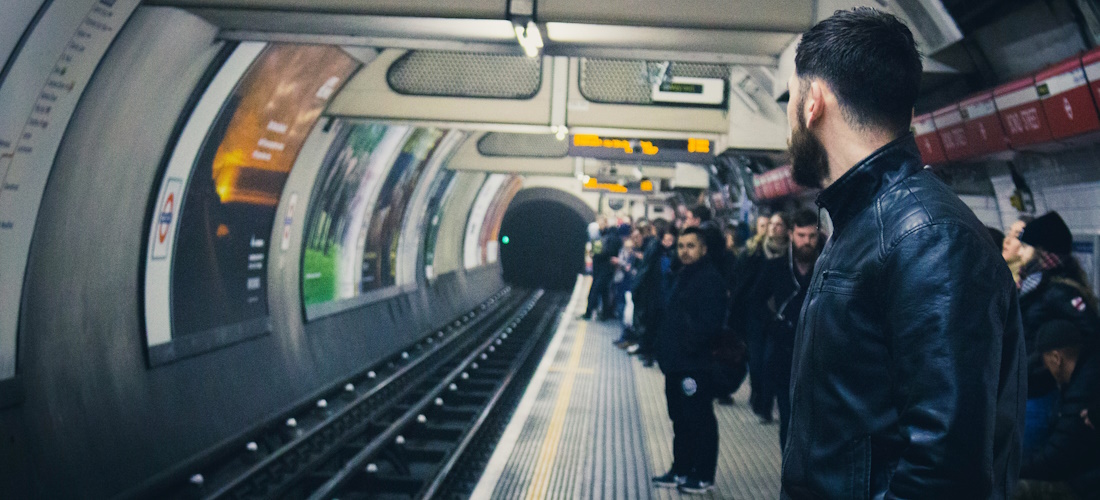












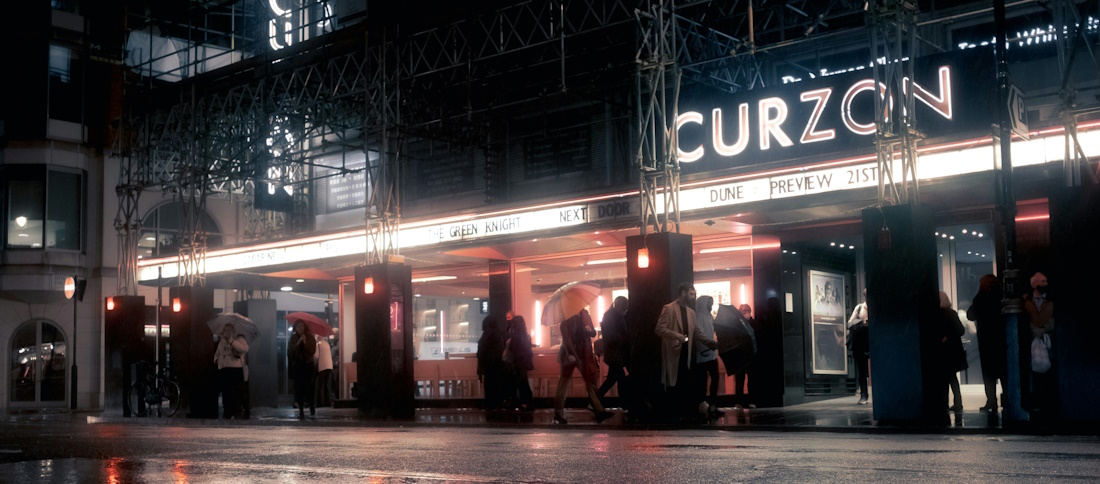
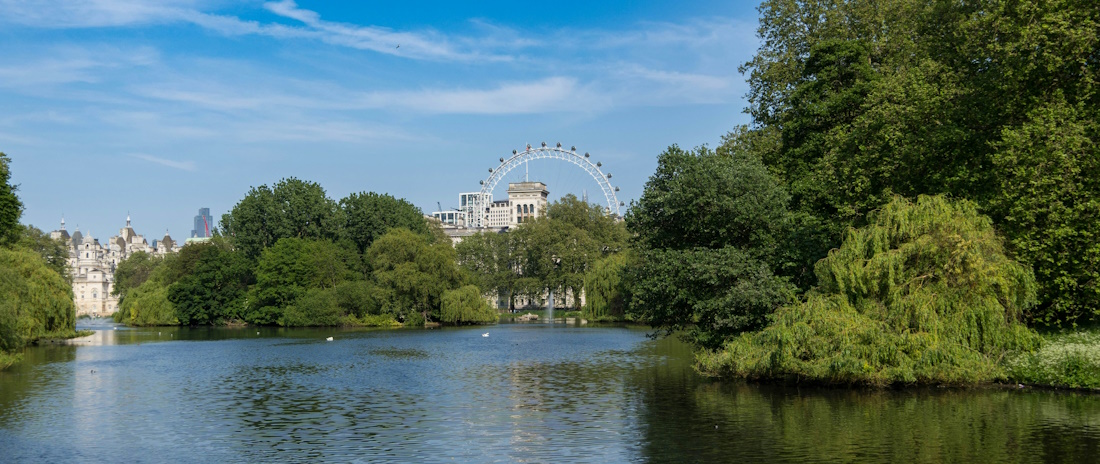
 London Eye
London Eye